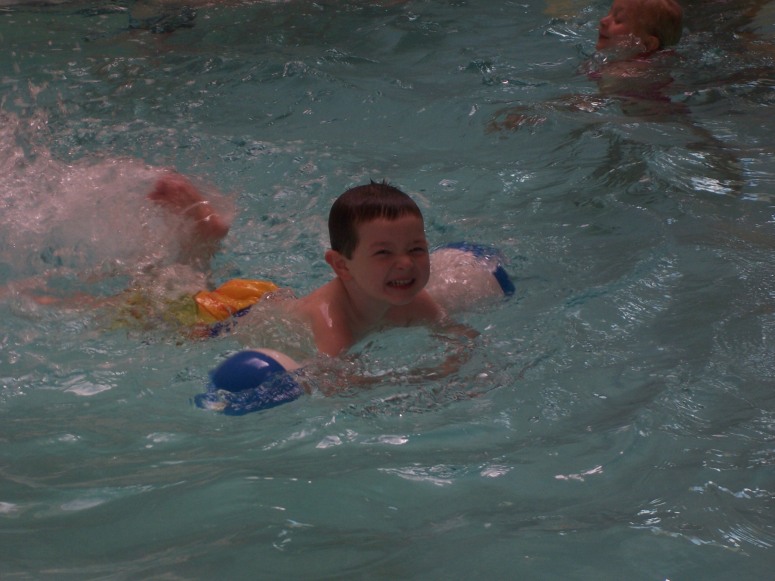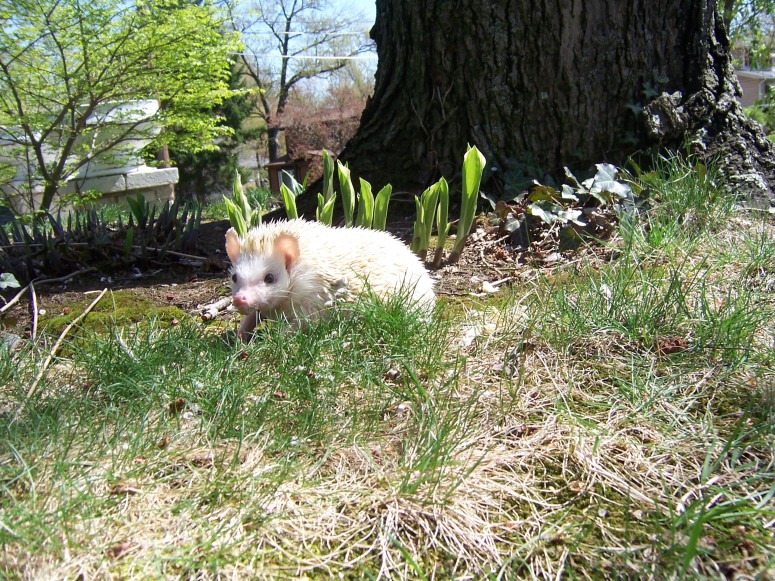Yesterday I posted my list of resources and activities for a unit on the geologic time scale. Today I am posting my list of ideas for studying fossils with my fourth grader.
Here is the link to the guide as it appears in my Google Docs: https://docs.google.com/document/d/1xU6dElHs4K1Rmi3tW6vW-F4vUk0lMNZ5eeyRL2QD0dY/edit?usp=sharing
Or, you can read on below:
Fossils
1) Watch the Fossils video on BrainPop. (approximately 3.5 minutes)
(We pay $6.99/month to use BrainPop videos on our iPad. You can also subscribe to the web version.)
2) Read pages 14-17 of The Usborne Encyclopedia of World History.
3) Watch the Bill Nye video on fossils: http://www.youtube.com/watch?v=Z4cjYND66J8.
4) Read the book Under Ohio: The Story of Ohio’s Rocks and Fossils. Pick one of the fossils listed in the book and research it. Write a paragraph about your chosen fossil and draw a picture of it. (The DK Eyewitness Fossil book might be a good place to start.)
5) Read pages 114-123 of Basher’s Rocks and MInerals: A Gem of a Book. Fold a sheet of paper into four squares. In each square draw a picture or write a description of each of the four types of fossils.
6) Make your own fossil. http://www.britishcouncil.org/es/make-your-own-fossil-student.pdf (Supplies: a sponge, water, magnesium sulfate, and sand plus a container)
7) Follow the link to play a create-a-fossil game: http://www.wonderville.ca/asset/fossil-fabricator.
8) Watch this video on petrified wood and petrified forests: http://www.youtube.com/watch?v=FlMmgglxCss (Approximately 3.5 minutes)
9) Read the following blog entry about petrified wood and mineral colors: http://www.seriouslyfunnyscience.com/node/68. Using the information on the blog, draw a colorful picture of some petrified wood and label the bands with what minerals might have been present in the environment around the tree as it permineralized.
10) Here is a video about the Petrified Forest National Park in Arizona: http://www.youtube.com/watch?v=068GcVD3VaE. (Approximately 5 minutes long)
11) Read about coprolite: http://dinosaurs.about.com/od/dailylifeofadinosaur/a/dinosaurpoop.htm.
12) Read the book Jurassic Poop by Jacob Berkowitz.
13) Complete the Who Dung It? activity that you can find described in this PDF: http://www.gvsu.edu/cms3/assets/5FD8F095-BBA0-CAB4-D3330E7F1AD91A19/studentpublicationfiles/importance_of_poop.pdf
14) Watch this How It’s Made video on how replica fossils are made: http://www.amazon.com/footballs-electric-amplifiers-airplane-propellers/dp/B007JF8MRM/ref=sr_1_7?ie=UTF8&qid=1374177179&sr=8-7&keywords=how+it%27s+made
The video you are looking for is from season 4, episode 3. (Currently free streaming with Amazon Prime)
15) Read pages 62-63 of the DK Eyewitness Fossil book. Using things you can find around the house, start putting together your own fossil hunting kit.
16) Read pages 16-17 of the DK Eyewitness Fossil book. These pages talk specifically about fossil folklore. If you are feeling particularly creative, you can write a little story about someone who finds a fossil that they believe is “good” or “bad” luck.
17) This link leads to tons more information on fossil folklore, how fossils have been used in medicine and as decoration: http://www.nhm.ac.uk/nature-online/earth/fossils/fossil-folklore/index.htm
18) Add at least 5 more quiz cards to your trivia game filebox. Use the DK Eyewitness Fossil book, the Usborne Spotter’s Guide: Rocks and Minerals, or some other fossil book if you need help finding more facts or want to delve deeper.











